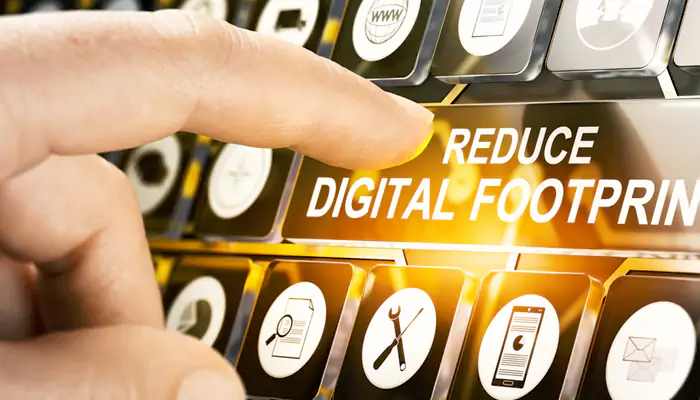World Earth Day: The Hidden Carbon Footprint of the Internet – How Going Digital Impacts the Planet
- Devyani
- 7 months ago
- 4 minutes read

We love the internet—endless memes, instant messages, and binge-worthy shows. But did you know your online habits leave a carbon footprint? Let’s dive into the not-so-virtual impact of our digital lives.
When we talk about pollution, we usually picture smokestacks, plastic waste, or gas-guzzling cars. But what about the internet? It feels clean—no fumes, no trash, just invisible data floating around. Yet, every email sent, every video streamed, and every cloud file stored adds up to a surprising environmental cost.
Turns out, the digital world runs on real energy—massive data centers, sprawling server farms, and power-hungry devices. And where does that energy come from? Mostly fossil fuels. So, while we’re busy liking, sharing, and scrolling, the internet quietly contributes to carbon emissions.
The Shocking Numbers Behind Our Digital Habits
Let’s break it down:
- Streaming a single hour of video emits about 36g of CO₂—equivalent to driving a car 400 meters. Binge-watching a season? That’s like a short road trip.
- Sending an email might seem harmless, but if every person in the UK sent one less "Thanks!" email a day, it’d save 16,433 tons of CO₂ a year—equal to 81,000 flights from London to Madrid!
- Data centers (the internet’s engine rooms) consume 1% of global electricity, and that number’s rising fast.
Suddenly, that "paperless" office doesn’t feel so guilt-free, right?
Why Does the Internet Use So Much Energy?
Great question! Here’s the thing: every online action—whether Googling a recipe or uploading a selfie—travels through a complex network of servers, cables, and data centers. These facilities work 24/7, needing constant cooling and power.
- Data centers are like giant, always-on computers. Companies like Google and Microsoft run thousands of them worldwide.
- Your devices (phones, laptops, smart gadgets) also guzzle energy, especially when charging or running heavy apps.
- Network infrastructure—think cell towers, fiber-optic cables—requires energy too.
Even renewable energy can’t fully offset this yet. So, while we’re saving trees by going digital, we’re burning energy in other ways.

Small Changes, Big Impact: How to Reduce Your Digital Footprint
Don’t panic! We’re not saying you should quit the internet (phew). But a few tweaks can make a difference:
Stream Smarter
- Lower video quality when you don’t need HD (480p vs. 4K saves tons of CO₂).
- Download instead of streaming repeatedly.
- Turn off autoplay—those endless videos add up!
Clean Up Your Digital Clutter
- Delete old emails (especially those with big attachments).
- Unsubscribe from newsletters you never read.
- Clear out unused cloud storage and duplicate files.
Smarter Browsing & Devices
- Use Wi-Fi over mobile data—it’s more energy-efficient.
- Enable dark mode (on OLED screens, it saves battery).
- Turn off unnecessary notifications (fewer pings = less data use).
Support Green Tech
- Choose providers that run on renewable energy (like Google or Apple).
- Recycle old gadgets instead of tossing them.

The Future: Can the Internet Go Green?
The good news? Tech giants are already working on it.
- Renewable-powered data centers (like Google’s 100% carbon-neutral pledge).
- More efficient hardware (chips that use less energy).
- AI optimizing energy use (smarter cooling systems, for example).
But real change needs us too. Being mindful of our digital waste is a small step with a big ripple effect.
The internet isn’t the villain here—it connects us, saves resources, and even helps fight climate change through innovation. But like everything, moderation matters.
This Earth Day, let’s appreciate the digital world and tread lightly on the real one. After all, a greener internet means a happier planet—and more cat videos for future generations to enjoy.












